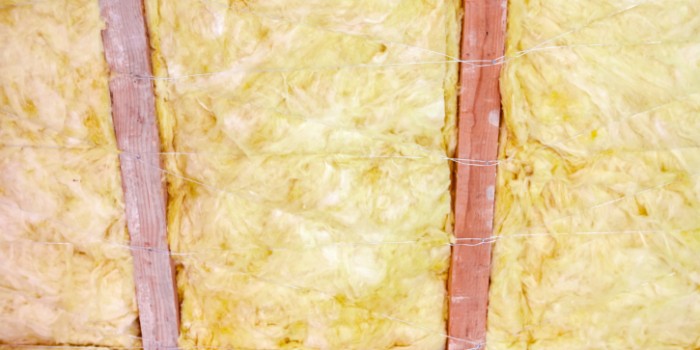A Guide to Insulation – Your Options and What to Expect

Energy bills in Sydney and the rest of Australia are expected to rise over the next few years. But you don’t have to simply watch the figures increase when you work with Southern Cross Roofing, Sydney’s roofing experts, and insulation specialists. Not only do they provide the best insulation for your home, they also ensure that you get to save more by cutting heating and cooling costs.
Our roof insulation packages are designed to make your home cooler in summer and warmer in winter.
Insulation in Australia: the Definitive Guide
Australia is divided into different climate zones with different insulation requirements. The required total R-values for a building fabric, according to the Building Code of Australia (BCA), will then vary, depending on the following:
- Climate zone
- Height of a building, whether it is above the Australian Height Datum
Homes belonging in Zone 1, for example, with a climate characterised by hot humid summer and warm winter, must avoid bulk insulation to walls and ceiling, except in conditioned spaces. Elevated floors must be insulated as well using reflective, closed-cell bulk insulation.
It is important for homes to comply with the requirements for a building’s energy efficiency as set by the BCA. All insulation materials available on the market meets Australian Standard AS/NZS 4859.
Because of such complexities, it is important to consult with Southern Cross Roofing, Sydney’s premier home insulation consultants. We can explain all the nuances of insulation in easy to understand terms, including R-value and the type of insulation available.
Understanding Insulation R-Value
R-value measures an insulation material’s capacity to resist heat flow. The higher the R-value, the greater the heat retention of the insulation, resulting in a slower loss of heat and lower energy bills. R-Values are calculated based on the resistance to heat conduction and thickness of insulation.
The basic R value requirements for roofs, walls, and floors, as specified by the BCA, vary from one climate zone to another and the direction of the heat flow, whether inwards or outwards.
Homes in Zone 1, for example, should have the basic R value of 4.1 if the heat flows inwards and the roof is coloured very light with an absorptance of ≤ 0.4.
Types of Insulation in Sydney
Bulk insulation
This type of insulation relies on pockets of trapped air within to resist the transfer of convected and conducted heat. Regardless of where the heat flows through it, thermal resistance essentially remains the same. The R-value of bulk insulation depends on the density and thickness of material at a given temperature.
Whether in the form of flexible blanket or a rigid board, this type of insulation includes different materials, such as glass wool, cellulose fibre, polyester fibre, and polystyrene.
Reflective insulation
As the name suggests, this type of insulation is valued for its high reflectivity and ability to bounce the heat back produced by radiation. It consists of a layer of foil backed by either plastic or paper.
For reflective insulation to be effective, the reflective side must be installed vertically or faced down. It must be kept clean as well since dust will make a huge difference in performance. Its R-value will vary on the climate zone, and where and how it is installed.
Adding Insulation to Existing Buildings
Quality insulation is best installed during the initial construction of a home or building. However, adding insulation to existing structures can be done without a problem. The cost and effectiveness depend on a few factors.
For example, adding roof insulation into ceilings with easy access is quicker post-construction. Installing insulation batts into rafters is more difficult, however. In general, walls are the most difficult to insulate after construction.
Would getting insulation professionally installed benefit my property?
Yes. Deciding where, how, and what type of installation to use requires expert knowledge. Not to mention, the need to be familiar with the rules set by the BCA. This underlines the importance of working with specialists where insulation is concerned.
Wouldn’t insulation cost me money?
Yes. But with the energy bills you save over time, you can easily recoup whatever you invested in having insulation added. Think about this; you save 20 to 40% of heating and cooling with an insulated ceiling, 5 to 10% more when using reflective foil or batts under suspended floors, and another 5 to 10% with insulated walls.
Add them all up and you can just imagine how much energy costs you save with the right insulation.
Added Value from Southern Cross Roofing
But the biggest bonus of insulation installation is that your home would feel warmer in the winter and cooler in the summer. It will have the most comfortable temperature all year round without costing you a penny more.
By installing insulation, you are also making a positive step to becoming green! After all, doing so helps reduce greenhouse emissions and ensures a sustainable future!
If you want more information on having good insulation installed, please feel free to call us. Southern Cross Roofing is the insulation team that you can trust!

Comments are closed.